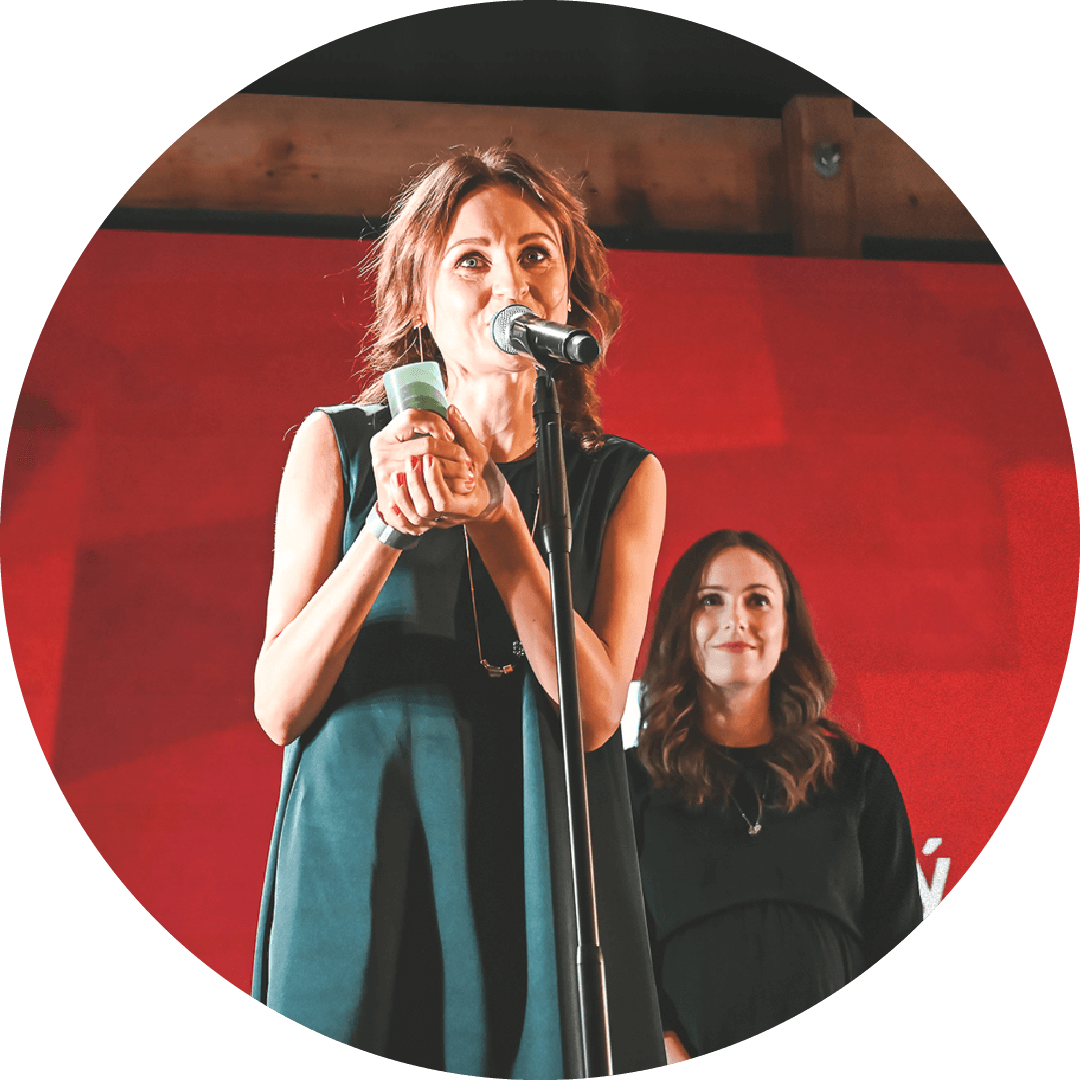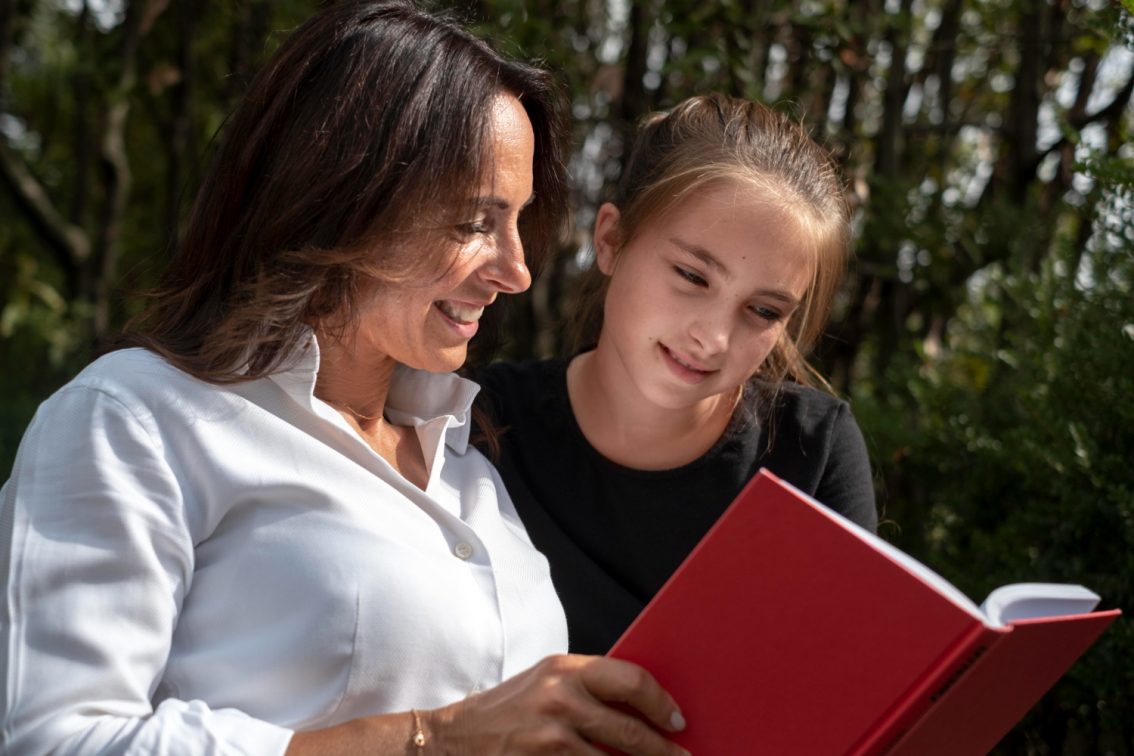Philanthropy in the children’s room: We prepared ten philanthropic commandments for parents
Although many of us help, we seldom consider ourselves philanthropists. However, a recent survey showed that young people identify with philanthropy much more often. The generation that is growing up today is very perceptive to the world. Although they may not have the money, they have the desire, time and ability to help. Therefore, the Pontis Foundation organised an online discussion entitled Philanthropy in the Children's Room. We discussed the issue of donating and teaching the young ones good since childhood.
“When the time came that our children were starting to enjoy more that they could give rather than their being given to, I realised that children are capable of philanthropy. Then I started noticing how they help in other cases too,” said Olympic champion Matej Tóth during our discussion, adding: “I am very pleased about that. No one taught them. They learned it from what they saw and observed.”
Showing children a positive example is very important, and it is the alpha and omega for when a parent wants to lead children to do good at home. However, the role of parents does not end there.
Karin Andrášiková, a social worker from Mládež ulice (tr. Street Youth), emphasised how important it was to create a safe environment for children. “I try to create space and offer alternatives that the child may not yet know about,” she said.
She added that it was also perfectly fine if the child did not want to do philanthropic activities at some point. “We should not punish children for this. We need to figure out their needs and, at the same time, explore the needs of the community. Then we should try to create a space for the two to connect,” she explained further.
Philanthropy at school
Many parents believe that philanthropy is something in which schools should also be actively involved. Abroad, subjects such as volunteering, community assistance, philanthropy and effective donation are common in schools. So should philanthropy be taught in our country as a separate subject?
The school is to be a workshop of humanity. (Ján Amos Komenský)
Teacher of the Year Iveta Barková does not think it is necessary. “School can’t function without value-oriented education anyway,” she said in a discussion. She subsequently offered several options: “We can use examples and math problems to bring elements of philanthropy into the classroom. The Slovak Language is a beautiful subject where we can read about it all and find beautiful examples. There is also room for it in other subjects, such as civics, ethics and many others.”
How to talk to children about philanthropy?
According to Iveta Barková, the “trigger” of philanthropy for a child can be a teacher, a parent or even some experience. As an example, she mentioned eighth- and ninth-graders from the school where she teaches, who had come up with the idea of tutoring younger people. “At first, they agreed with their class teacher that they would get plus points for it. But later, they were not interested in any plus points and benefits. When there is space, it is enough to start talking about goodness,” she said.
Karin Andrášiková pointed out that the way we talk about doing good with children is very important. It is recommended to ask children personal questions. “How do you like it here? What is it like for you? How do your friends perceive it? The result is also important for children – they need to see a painted bench and the like. I think we can talk about it using the word philanthropy. Children should not be underestimated at that,” she explained.
For inspiration, we bring you philanthropic “ten commandments” for parents
If you are looking for ideas on how to lead children to do good before Christmas or all year round, read our ten rules. Especially, do not forget the first point that Matej Tóth summed up for us. “A person does not need any talent for philanthropy, but they need a role model. It doesn’t work like in sports, that someone has more or less talent, everyone can get involved here,” he concluded.
Philanthropic Christmas presents
At the end of the discussion, the question arose as to what the guests would recommend to other people as a gift for children or loved ones at Christmas. It should be a gift that carries a philanthropic message. Here are their answers:
Matej Tóth: Socks for Úsmev ako dar (tr. Smile – a Gift). They also have an e-shop where you can order various nice or funny gifts and buy them to support the organisation’s projects.
Iveta Barková: I recently met the Integra Foundation. It is a foundation that plants trees in Ethiopia and Kenya, provides people with jobs and changes the local ecosystem. You can buy fair trade coffee from the Integra Foundation or support their projects.
Karin Andrášiková: You all certainly know the Nota Bene magazine. Its sellers also sell very nice books, which cause joy twice. You read the book with the children, and you also support the person. The second example is a reverse gift where your children can give someone a gift. It is a project of three women from Nitra, which is called Dobrosekáč. You can find it on social networks. Your child can offer a thing that is in good condition, such as a toy or a book, and the money from its sale will go to some organisation. Children can choose an organisation to support.
Milan Junior Zimnýkoval: I want to draw your attention to the Organisation for Muscular Dystrophy in Slovakia, which you can support. Within the SOS for ALS, a rental of compensatory aids is being created at the moment. It will help solve problems that healthy people sometime cannot even imagine.
You can watch or listen to the discussion in Slovak from the recording.






